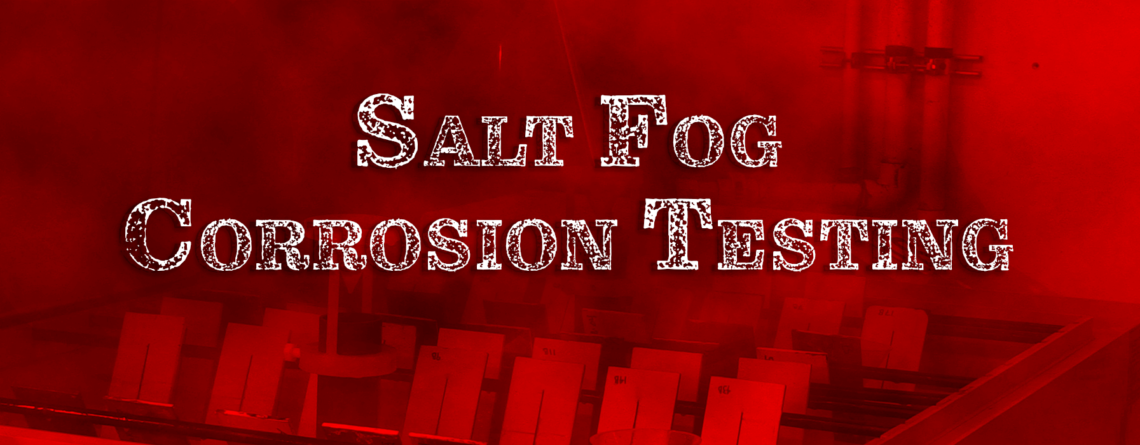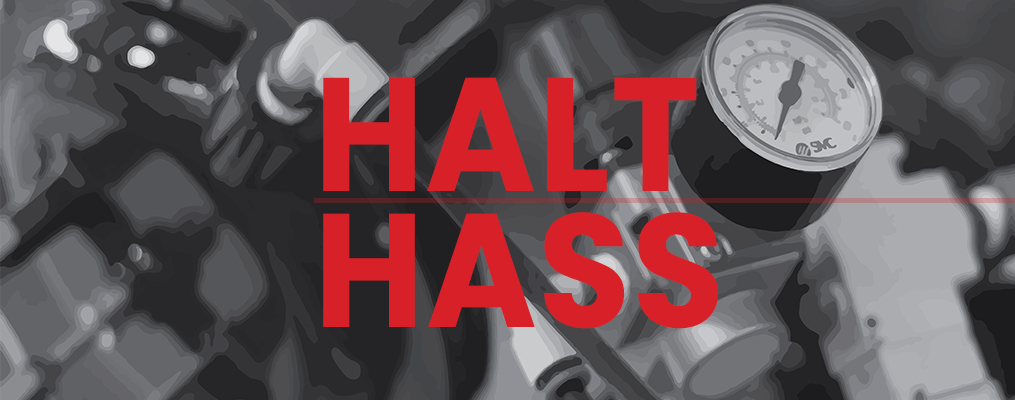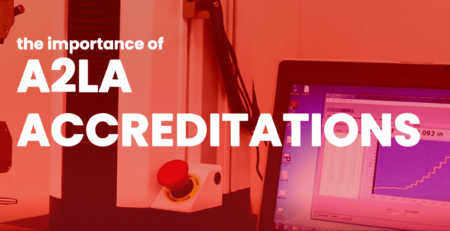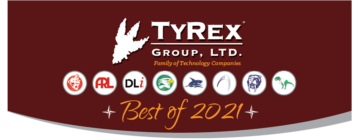Salt Fog Testing
Amit Pal2023-05-12T09:07:24-05:00Salt fog or salt spray testing is the most commonly used corrosion test, and one performed often by ARL. Despite its straightforward name and protocols, some of the specific details around salt fog testing and its applications can be a bit, well, foggy. To unpack the uses of salt fog tests and how ARL conducts them, we spoke with Larry Legler, our Chief Technology Officer.
Uses Cases
Put simply, if your product may experience corrosion in its end-use environment, it will benefit from a salt fog test. This can be from an aesthetic perspective, such as testing paints and finishes, or from a functional perspective, testing electronic components as well as screws, hinges, and fittings.
Industries that commonly employ this type of testing include the energy sector, since both turbines and drill platforms experience harsh conditions out in the ocean. Along the same lines, anything related to the maritime industry or lighting in these environments are obvious candidates.
Coastlines and salted roads have made auto manufacturers repeat consumers of this type of testing, especially among the newer electric vehicle manufacturers who may not have their own developed testing labs yet. Other new markets include the growing space industry, where launch pads and other outdoor equipment need to be properly tested against corrosion.
Unexpected industries needing corrosion testing often occur due to end-use environments not commonly thought of as corrosive. An example of this is tire manufacturing. Due to the high amount of Sulphur used in tire manufacturing, everyday objects from doors to computers and servers need to be tested to verify they can withstand that environment. Other industries that may not immediately jump to mind are the medical and food service industries, where equipment is constantly subjected to cleaning supplies. While salt fog testing may not account for all cleaning products, it does provide a baseline assurance that products can withstand normal corrosive elements. 3D printing has also opened interesting new test cases for salt fog testing, due to the increased use of composite materials, such as carbon-impregnated parts.
Process
Testing specifics will vary based on the end-use environments and whether a specific standard exists to test to (ASTM, MIL, NEMA). Typically, tests call for a 5% saline solution to be sprayed for a duration based on application. For short-term testing to just determine sensitivity, a duration between 4-7 days is used, or from a week to 10 days for a slightly longer short-term test. For testing that measures long-term survival, products can be tested for months at a time.
These tests are usually performed on sub-assemblies of the full product or representative samples, called “coupons.” These coupons help avoid the logistics and costs of placing entire, and often over-sized products into the salt-spray chamber.
How Can ARL Help?
As with every potential project, ARL starts by listening to our clients and figuring out their exact needs. If they need their product tested to a specific standard, then we’ll happily do that. Oftentimes though, our clients don’t have an exact standard in mind, so in that case, ARL can tailor a test to them. Unless specified, we test to either ASTM B117 or MIL-STD-810 and adjust the duration based on the end-use environment. We sometimes recommend the MIL standard due to the added rigor of testing the transition between drying the test sample out after the salt fog exposure. For longer duration tests, ARL will also conduct periodic check-ins, providing photos of the various stages throughout the test in a report.
Salt fog testing can benefit from being part of a suite of tests — most often being combined with ingress testing (IEC60529) and UV testing. If the test is going to be performed on a sub-assembly rather than a coupon, it’s beneficial to run a “shake and bake” test that includes vibration and temperature tests. As always, the tests that ARL prescribes all depend on the unique uses for each product.
To learn more about ARL’s testing capabilities or to hear what we’d recommend for your product, contact us today.






